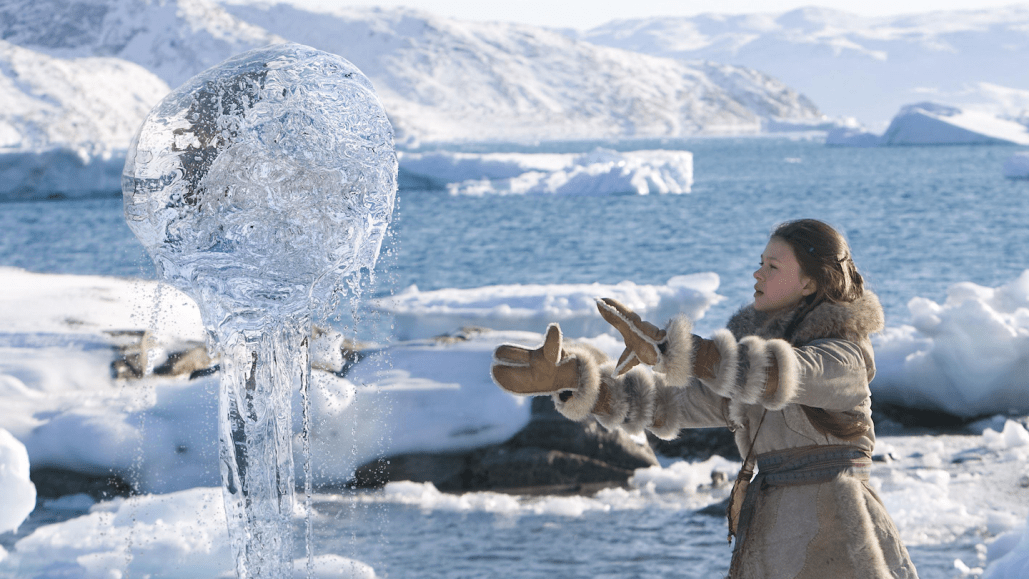
Physics
Here’s how to levitate something without magic
Levitation may seem like fantasy. But all it takes is a little physics — and sound waves, magnetism or electricity.
Come explore with us!

Levitation may seem like fantasy. But all it takes is a little physics — and sound waves, magnetism or electricity.

Astronomers have detected these radiation belts around Earth and beyond. Jupiter’s belt is thousands of times as intense as Earth’s.

Let’s strap skis to an action figure to see how long sticks of wood help people glide gracefully over snow.

Four types of smaller flames create the perfect firestorm of elegantly efficient combustion.

The new tech created barcodes, micro-lasers and a tiny elephant — all in living cells.

This microphone can “hear” by viewing the tiny vibrations made in everyday objects as sound waves strike them.

The handheld printer might someday apply bone-repair patches directly onto fractures — complete with antibiotics to prevent infection.
Two black holes merged, creating a new, bigger one. This event triggered the clearest ripples in spacetime ever observed.

To study phenomena that unfold over decades or even centuries, scientists may launch projects they may never see finished.

Materials known as metal-organic frameworks, or MOFs, trap some PFAS fast — and can be reused again and again.